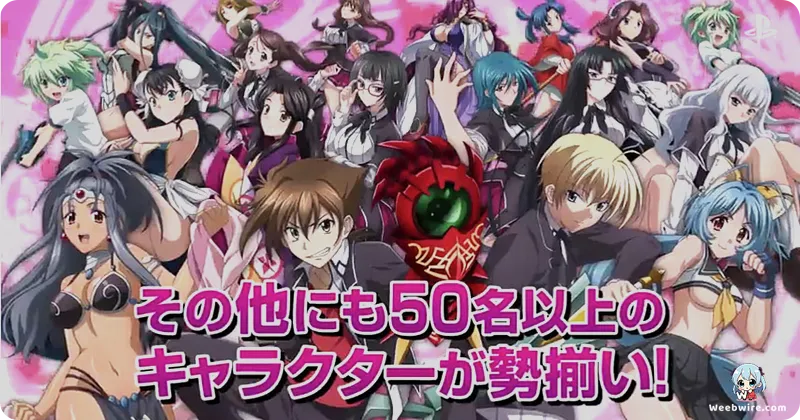Beyond the Fan Service: How High School DxD's OVAs Secretly Built the Franchise's Deepest Lore

While the High School DxD franchise is globally recognized for its combination of supernatural combat and overt fan service, the series’ Original Video Animations (OVAs) hold a crucial, often overlooked, position within the narrative structure. These episodes are not simple extensions or redundant filler; they function as indispensable supplemental documents, offering rich character context and motivational insights that the high-octane main series, often constrained by broadcast limitations, cannot fully deliver. For dedicated followers, these OVAs are a valuable source of trivia and crucial world-building facts, exposing the complexity underlying the series' boisterous exterior.
The narrative engine of High School DxD is driven by Issei Hyodo, the ordinary high schooler resurrected as a Devil under the command of Rias Gremory. Issei’s quest for power, fueled by his ambition to ascend to the status of a ‘Harem King,’ forms the backbone of the central conflict. Intriguingly, the OVAs frequently pivot away from epic confrontations with Fallen Angels and mythical entities. Instead, they concentrate on adapting bonus material from Ichiei Ishibumi’s light novels or depicting intimate, slice-of-life scenarios.
The pivotal 2012 OVA, sometimes referred to as 'I'm Learning to Be a Big Brother,' exemplifies this shift. It dedicates significant screen time to exploring Issei's developing sense of duty toward the younger members of the Gremory peerage, specifically Gasper Vladi and Koneko Toujou. This deliberate focus on domesticity is critical; it successfully anchors the high-fantasy setting, transforming the expansive ensemble cast into relatable figures by illustrating their daily interactions outside of world-threatening crises. This particular OVA highlights that Issei's famously perverted demeanor is significantly balanced by profound loyalty and authentic kindness—a fundamental aspect of Ishibumi’s writing philosophy often missed by casual viewers focused solely on the spectacle.

The success of the franchise also stems from its meticulously crafted, nearly paradoxical world structure. Ishibumi established a robust mythological foundation incorporating elements from Abrahamic lore (Angels, Devils, Fallen Angels) and other pantheons, using the rigid 'Evil Pieces' chess system to govern power hierarchies. What is most fascinating is the author's utilization of short stories and OVAs to map out the mundane mechanics of the Devil world—including political maneuvering among the great houses and the economics of their society. These intricate details, which would undoubtedly halt the momentum of a traditional action anime, are given room to breathe in the OVA format, satisfying the lore masters within the fanbase.
Furthermore, the casting choice for Issei Hyodo presents compelling industry trivia. Yuuki Kaji, the character’s voice actor, is recognized across the anime world for delivering roles of intense dramatic and emotional weight, notably as Eren Yeager in Attack on Titan and Shoto Todoroki in My Hero Academia. His selection for Issei, a character defined by high-energy reactions and the unapologetic pursuit of his romantic goals, represents a dramatic comedic shift in his repertoire. Kaji's mastery in oscillating between the necessary dramatic gravitas for battle scenes and the exaggerated, often goofy enthusiasm required for the ecchi moments is a powerful testament to his versatility.
This deliberate casting choice underscores the production team's commitment: ensuring Issei remains a genuinely earnest and endearing protagonist, thereby preventing the sensational fan service from ever eclipsing the narrative’s heartfelt core. The OVAs, including the 2012 release, are thus not mere supplemental fluff; they are integral narrative components that provide essential space for world-building trivia and the quiet character development that ultimately defines the enduring legacy of High School DxD.
Credits
High School DxD
Author
Ichiei Ishibumi
Cover Art
Miyama-Zero
Studio
TNK
Publisher
Fujimi Shobo (Kadokawa)
Producers





